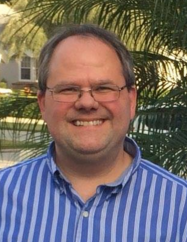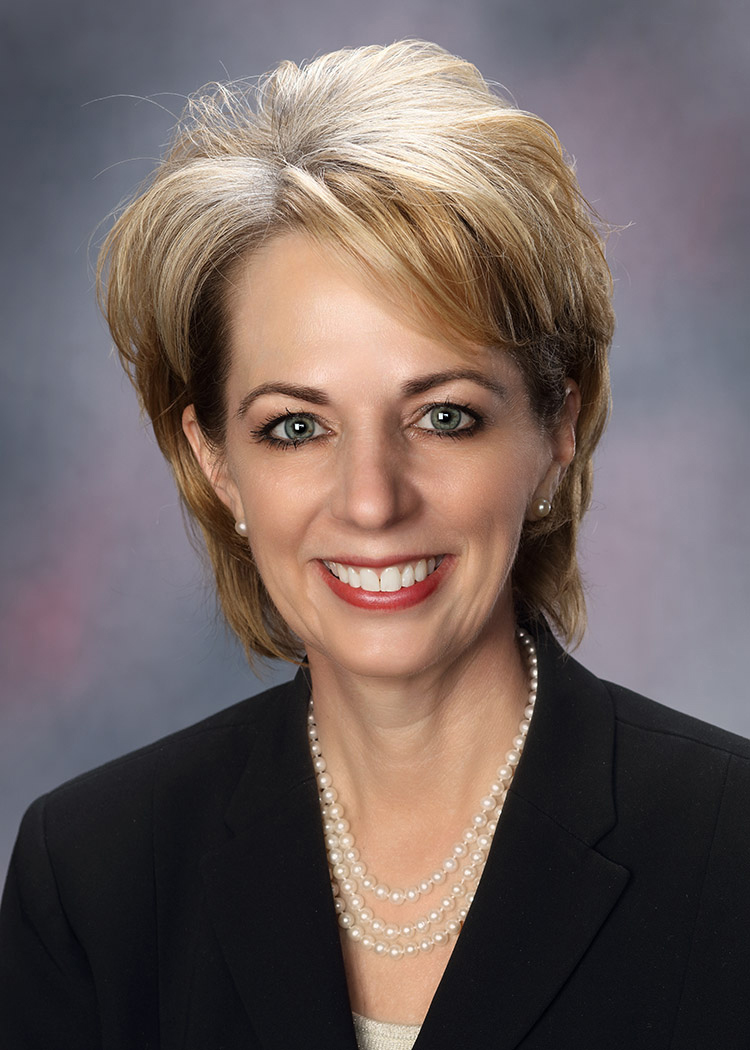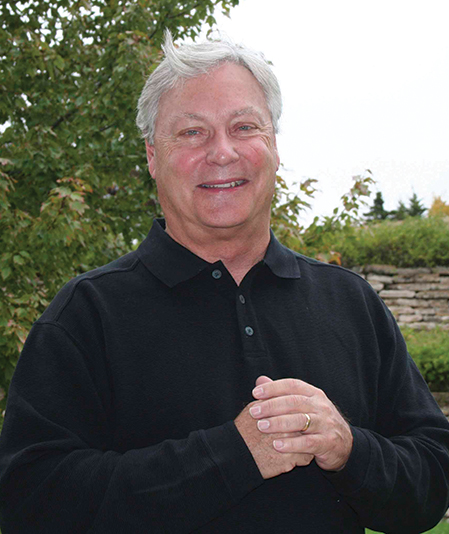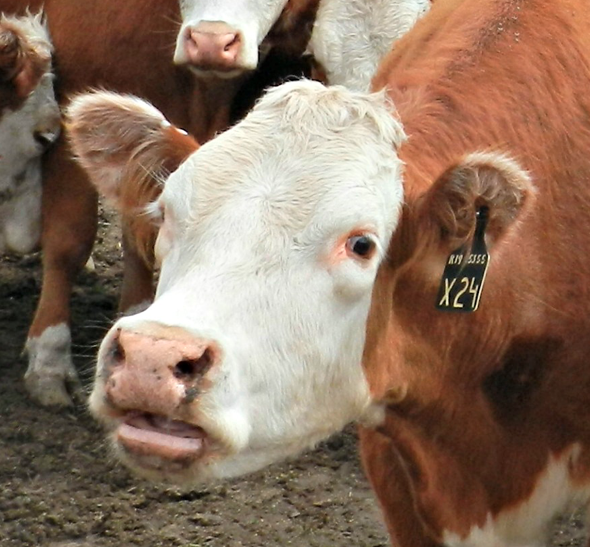
Huck Boyd National Institute for Rural Development
If precision agriculture is the process of placing the exact amount of crop inputs needed at the precise time and place that they are needed most, then what is precision marketing? Precision marketing would mean using technology to provide potential customers with timely information most useful to them. One rural Kansas company is on the leading edge of such technology.
During the past two weeks, we have learned about the Mertz family. Today in the conclusion of this three-part series, we’ll meet the younger generation: Abram Mertz. Abram and brother Lincoln are founders and co-owners of LivestockDirect in Manhattan, a printing and marketing company which is essentially using precision marketing to benefit its customers – seed stock cattle producers across the country. Abram and his siblings grew up on the family farm and went to high school at the nearby rural community of Wamego, population 4,372 people. Now, that’s rural.
“Since my own family sold Simmental and SimAngus bulls, I grew up reading bull sale catalogs with my dad after dinner,” Abram said. “When I was in high school, Dad asked Lincoln and me to build a website for River Creek Farms,” Abram said. “We enjoyed working on the challenge together.”
It went so well that other people asked if he and Lincoln would develop websites for them also. During this time, Abram was active in 4-H and the American Junior Simmental Association, serving as national president one year.
One day at the Riley County Fair, Abram met a fellow 4-Her named Dani Devlin. The two eventually married and graduated from K-State. They now have an 18-month-old baby, Madden, and are expecting their second child in November 2018.
Meanwhile, Abram and his brother Lincoln began working on websites for other livestock producers. Many of these customers also printed full-color sale catalogs for their bull sales. “As we heard customers talk about their printers, the need for a high quality, full-color printing option tailored to the industry was clear,” Abram said. The two brothers formed their own company which specialized in producing such products. They named the company LivestockDirect.
Today, LivestockDirect prints and mails high quality sale catalogs and also works to make sure that those catalogs are being delivered most effectively. Abram and Lincoln developed a high-tech system called MailScope which tracks catalog deliveries to customers and enables the seedstock producer to call, text, or email specific customers directly from the MailScope platform. MailScope can be accessed anytime from anywhere, including any laptop, desktop, or mobile device.
In other words, a rancher can mail catalogs, track where they are in the mailstream, know when and where they were delivered to the customer, and follow up with that customer immediately – from a cell phone, for example.
“In the past, it was a shotgun approach,” Abram said. “A rancher might mail sale catalogs to 2,000 names, talk to 100 potential customers and 50 might buy. MailScope takes the uncertainty out of the personal touch,” he said. “Knowing when your customer has received the catalog allows you to perfectly time a follow-up call or email. The platform also reduces uncertainty and stress caused by the USPS.”
In the future, LivestockDirect wants to enable seedstock producers to understand consumer preferences and respond to them in more targeted and efficient ways. “We’re a tech company,” Abram said. “We’re providing our customers online tools to market more efficiently.” In addition to high quality printing services, LivestockDirect helps businesses produce tri-fold mailers and specialty items such as caps, tumblers, mugs, knives, gloves, and much more.
Abram and Lincoln have grown their business. “In our first year, we produced catalogs for 25 breeders in Kansas and Nebraska,” Abram said. “In 2018, we’ll print catalogs for over 600 breeders in 30 states.” The catalogs go from coast to coast and North Dakota to Texas.
For more information, see www.livestockdirect.net.
If precision marketing can have efficiency benefits just like precision agriculture, then we commend Abram and Lincoln Mertz of Livestock Direct for making a difference by applying technology to seedstock sales. In rural Kansas, such innovation and entrepreneurship is precisely what is needed.























